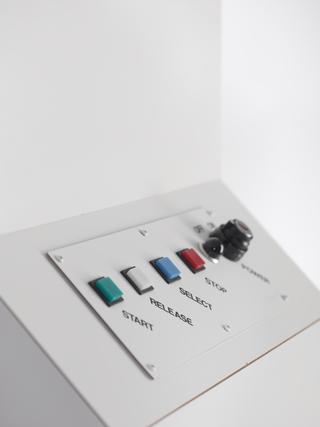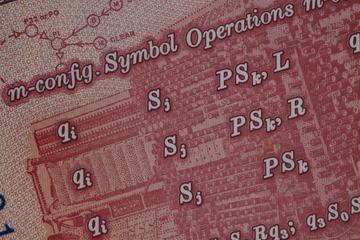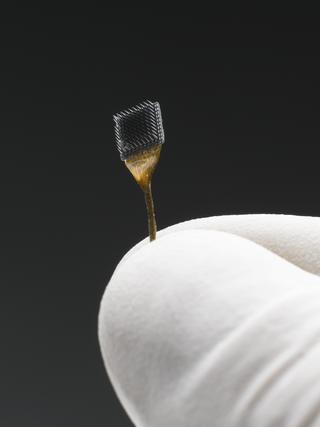Selection of components from the Harvard Mark 1 computer comprising of: 25 decimal counters; 47 terminal blocks; 31 relays and 3 other pieces
Electromagnetic counters from the IBM Automatic Sequence Control Calculator (ASCC), more commonly known as the Harvard Mark I. The parts comprise: 25 decimal counters; 47 terminal blocks; 31 relays and 3 other pieces. This was the first digital computer and was designed and constructed in the United States by the IBM Corporation between 1937 and 1944. It was based on a proposal by H. H. Aiken of Harvard University, Massachusetts. Counters were used to store decimal numbers and relays for control and switching. The computer was composed of a series of calculators which each worked on different parts of a problem, supervised by a central control unit. The machine was made up of over 750,000 components and weighed 5 tons. It was mainly used for making scientific calculations in the fields of ballistics and ship design.







